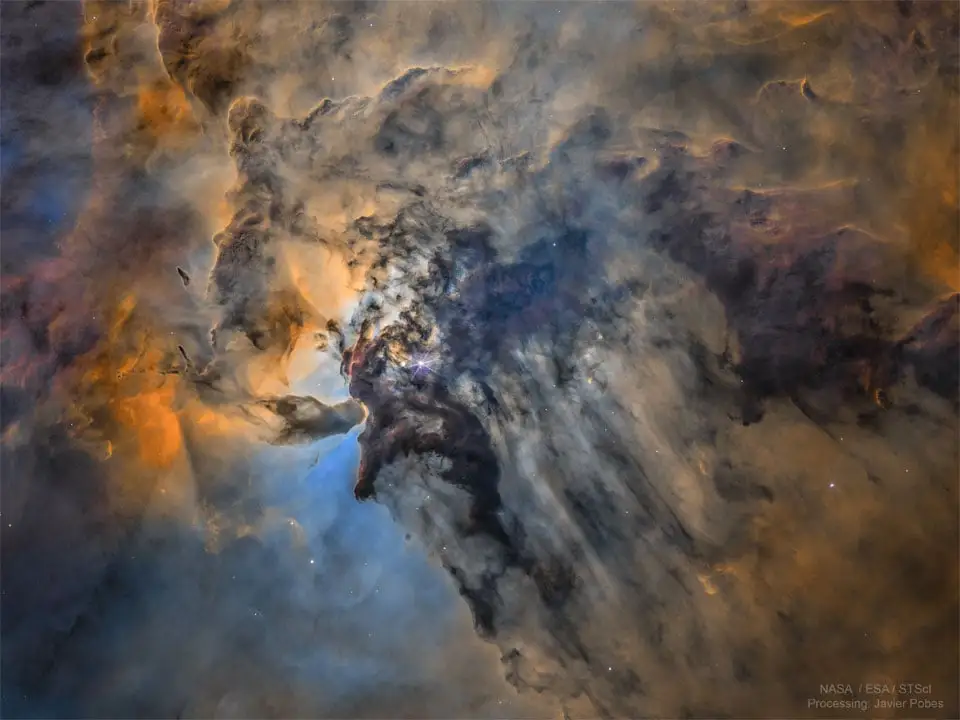Saturn is truly a sight to behold. “Gasp-inducing” is not an overstatement.
this post was submitted on 26 Aug 2023
81 points (98.8% liked)
Space
8687 readers
46 users here now
Share & discuss informative content on: Astrophysics, Cosmology, Space Exploration, Planetary Science and Astrobiology.
Rules
- Be respectful and inclusive.
- No harassment, hate speech, or trolling.
- Engage in constructive discussions.
- Share relevant content.
- Follow guidelines and moderators' instructions.
- Use appropriate language and tone.
- Report violations.
- Foster a continuous learning environment.
Picture of the Day
 The Busy Center of the Lagoon Nebula
The Busy Center of the Lagoon Nebula
Related Communities
🔭 Science
- !astronomy@mander.xyz
- !curiosityrover@lemmy.world
- !earthscience@mander.xyz
- !esa@feddit.nl
- !nasa@lemmy.world
- !perseverancerover@lemmy.world
- !physics@mander.xyz
- !space@beehaw.org
- !space@lemmy.world
🚀 Engineering
🌌 Art and Photography
Other Cool Links
founded 1 year ago
MODERATORS
Oh man, seeing Saturn through a telescope for the first time when I was a teen was incredible. You see it in books and media all the time but seeing it with your very own eyes is indescribable!
Got some great views and mediocre pictures of Saturn (and bonus Jupiter+moons) tonight. My nephew and my parents were absolutely amazed!!
